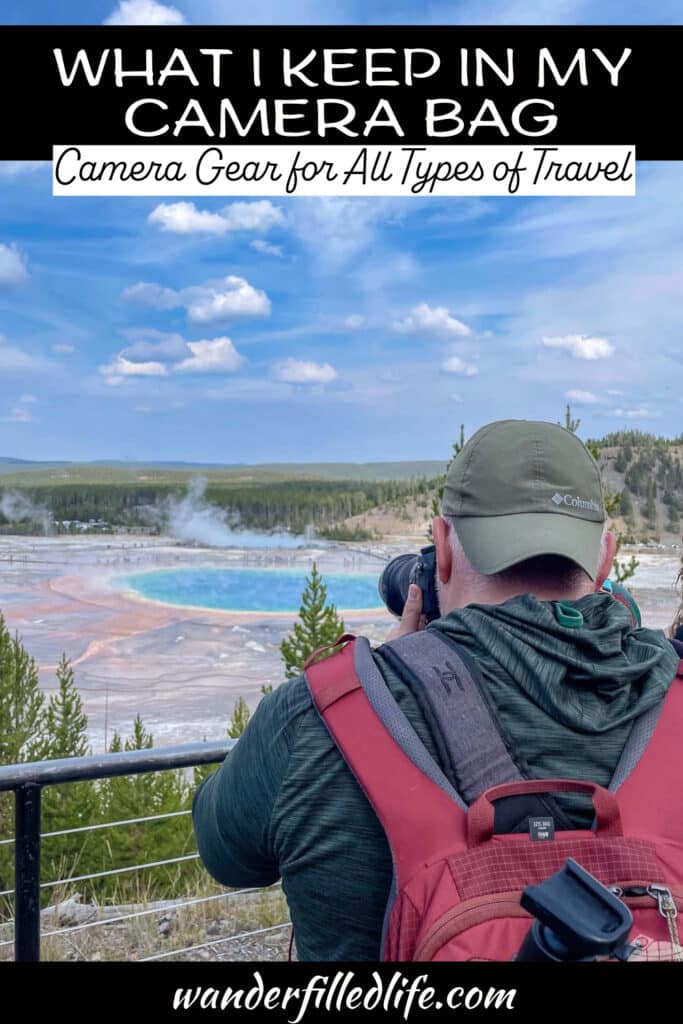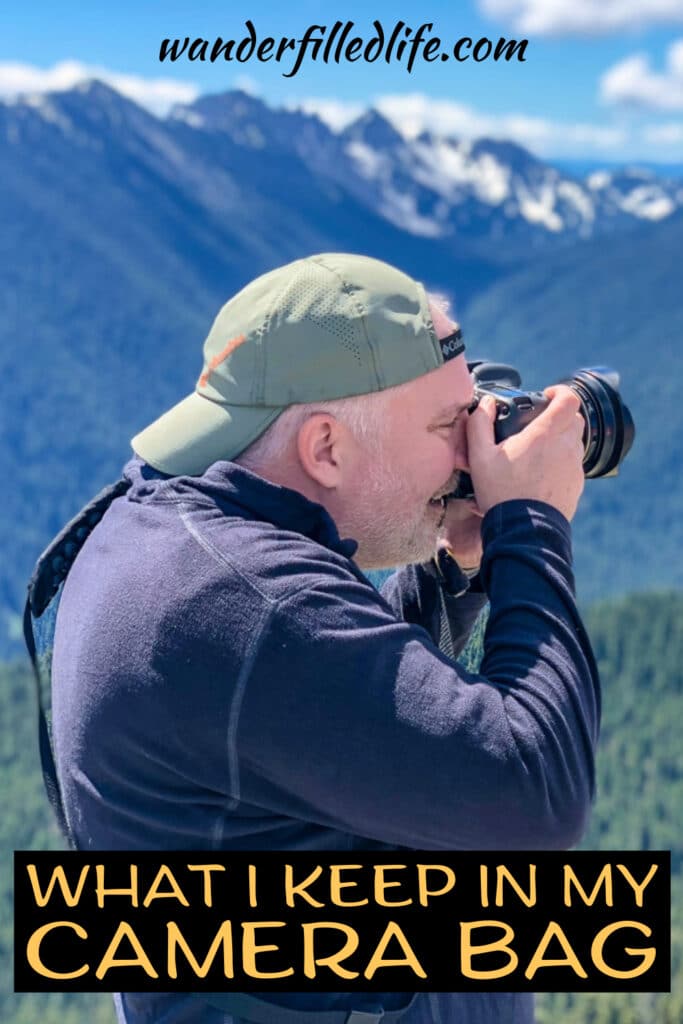Last Updated on February 22, 2024 by Grant
I get asked a lot what kind of camera gear I use for travel and the short answer is: it depends.
I use different camera gear depending on the trip I am taking and what I expect to find. If I am going somewhere relatively urban, like Waco, TX or Chicago, I don’t pack a camera at all, just my iPhone. But if I am going somewhere with a lot of wildlife, like our fall trip to Montana, I take a full suite of camera gear. And, of course, there are always trips where you just don’t know what to expect.
I am going to spend a little time talking about my camera gear for travel and why. Hopefully, it will help you if you are looking to make a camera purchase now or in the future.
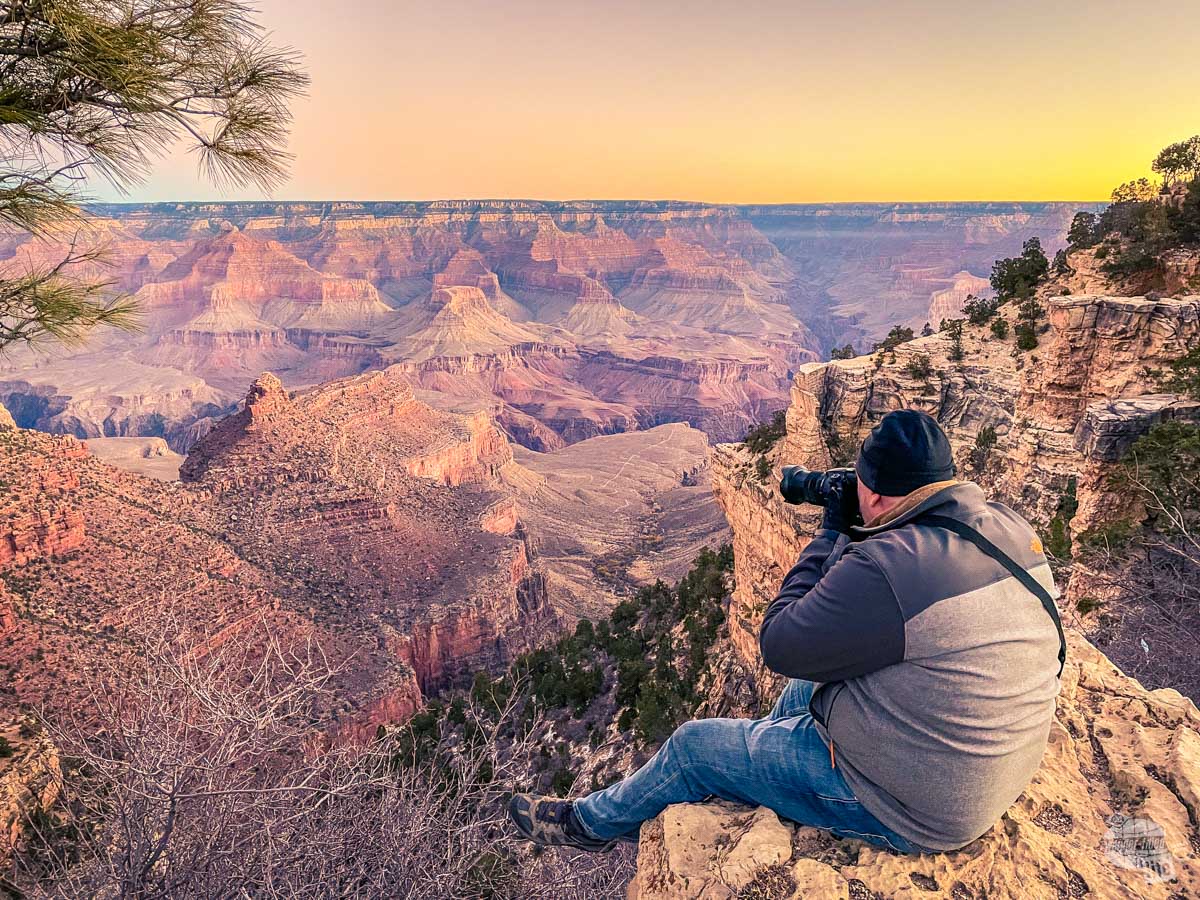
(Disclaimer: When we link to places where you can buy our stuff or places we stayed, we are using special codes that earn us commissions on the sales at no additional cost to you. Please see our Review Policy for more information.)
Camera Gear Misconceptions and Considerations
But first, let me clear up some misconceptions:
- The camera does not make the photographer.
- There is no best camera, there is only the best camera for the moment.
- Megapixels are not the be-all, end-all of digital camera specs.
- There is always a compromise when it comes to cameras. Always.
- For my older readers: the camera on your new iPhone is better than the five-year-old point-and-shoot camera you bought on Black Friday for less than $100. It is. Recycle that thing.
The first thing you should consider when it comes to a camera for travel is what are you going to use it for? Are you looking to shoot large wildlife? Birds? Landscapes? Selfies in front of every landmark you visit?
Next, how do you travel? Are you a hard-core backpack around-the-world type? No checked luggage kinda person? Seventeen wheeled bags with your own personal porter? Do you road trip and have plenty of room for a full setup? How you travel and pack is a huge consideration in terms of camera selection.
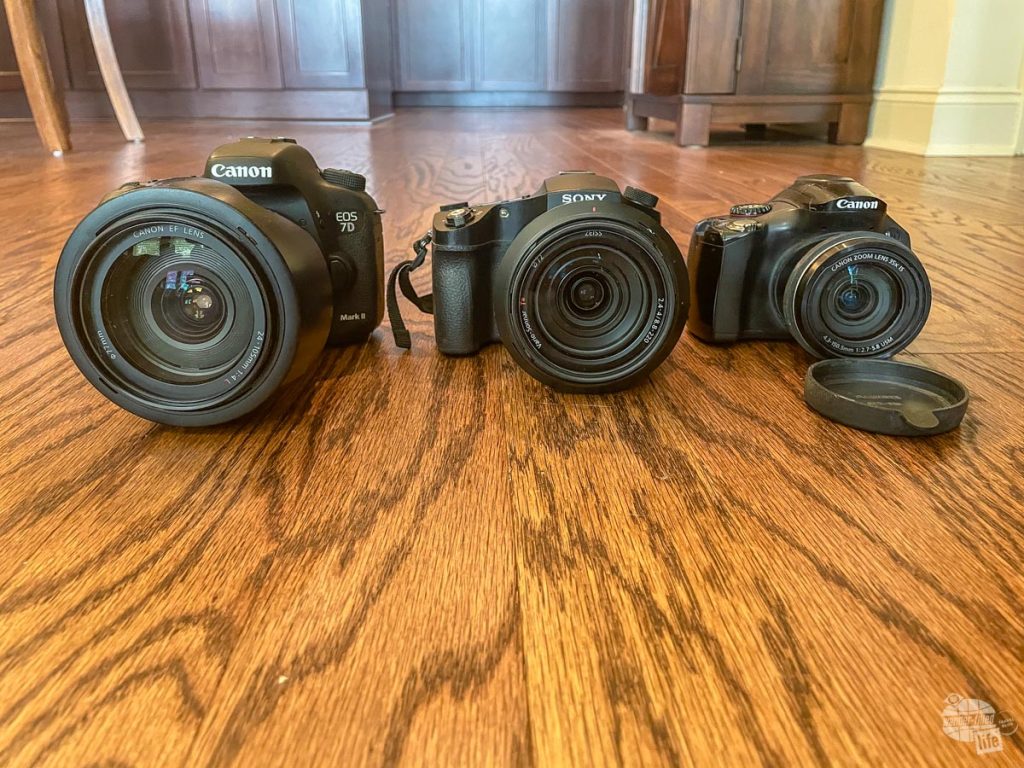
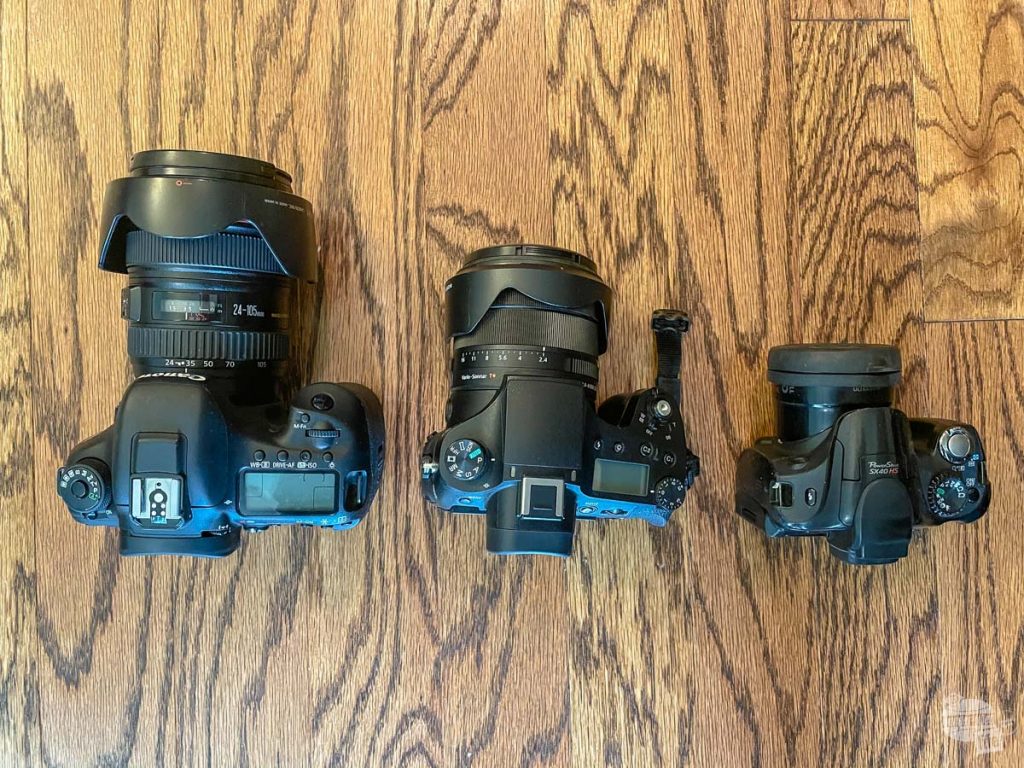
If you are the kind of person who travels light, honestly, a phone is probably all you need. Modern cell phones have EXCELLENT cameras. Indeed, we have used the iPhone 12 Pro for the past three years and have gotten some great images with these cameras.
If you want something with more manual controls, more zoom or simply more capability as a camera, you should look at either a bridge camera or a compact mirrorless camera. If you are looking to push the limits, either zoom-wise or exposure-wise, a high-end mirrorless or full-frame digital single-lens reflex (DSLR) camera is the way to go.
My DSLR and What Camera Gear I Recommend
I travel with anywhere from one to three cameras, depending on the trip. For road trips, I almost always take a Canon EOS 7D MkII.
I chose this camera as an upgrade over my old and broken Canon EOS 40D for several reasons.
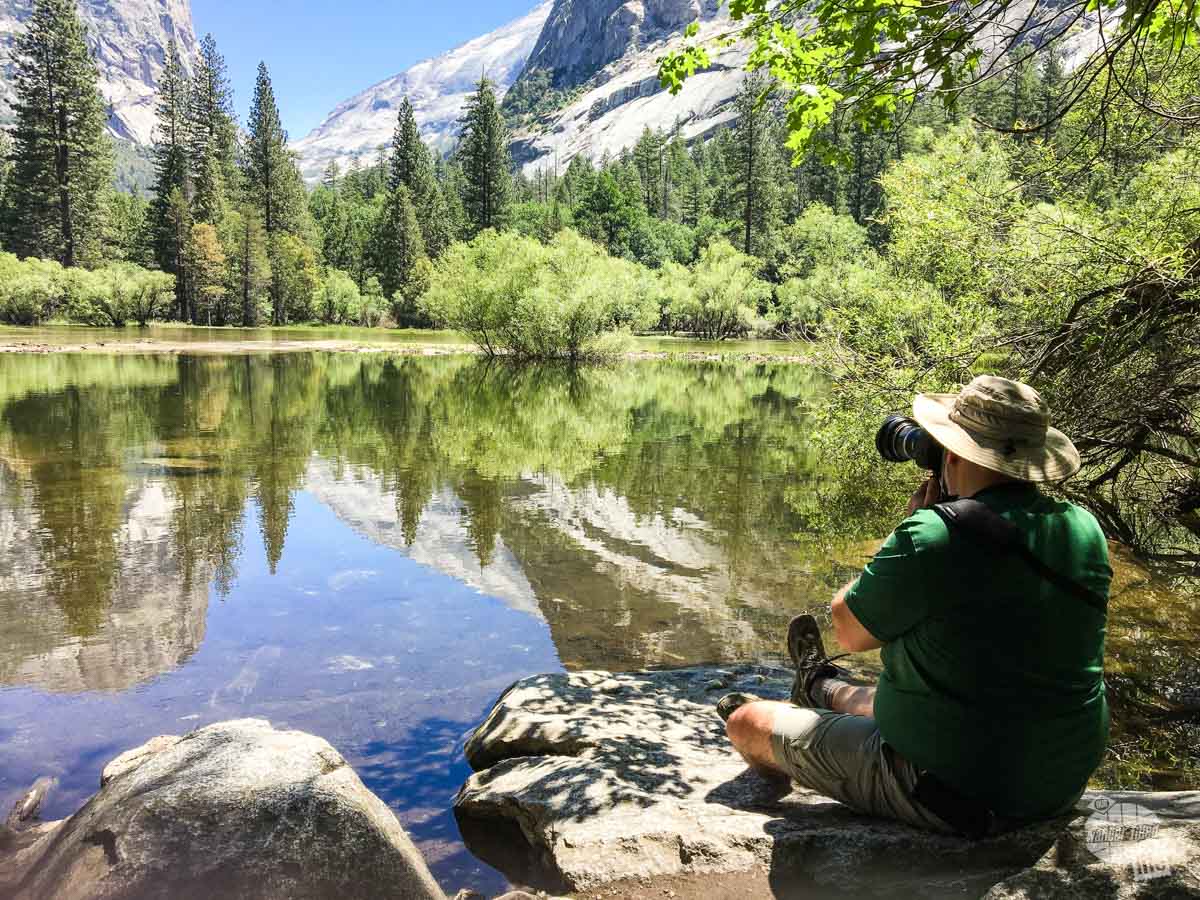
One, the camera has GPS. I really like having a GPS record of where I took my shots. I know there are other devices that can accomplish the same thing, but why carry another device if you don’t have to?
Two, this camera is an upgrade in terms of all of the major specs of the camera over the 40D and its most recent successors. The shutter is faster, the sensor is better, the controls are better and more customizable and it has weatherproofing.
- 20.2 MP CMOS sensor and ISO 100-16000
- High speed continuous shooting up to 10.0 fps
- 65-point all cross-type AF system
- Stunning Full HD video with Custom Movie Servo AF (speed and sensitivity)
- Dual Pixel CMOS AF enables you to shoot video like a camcorder
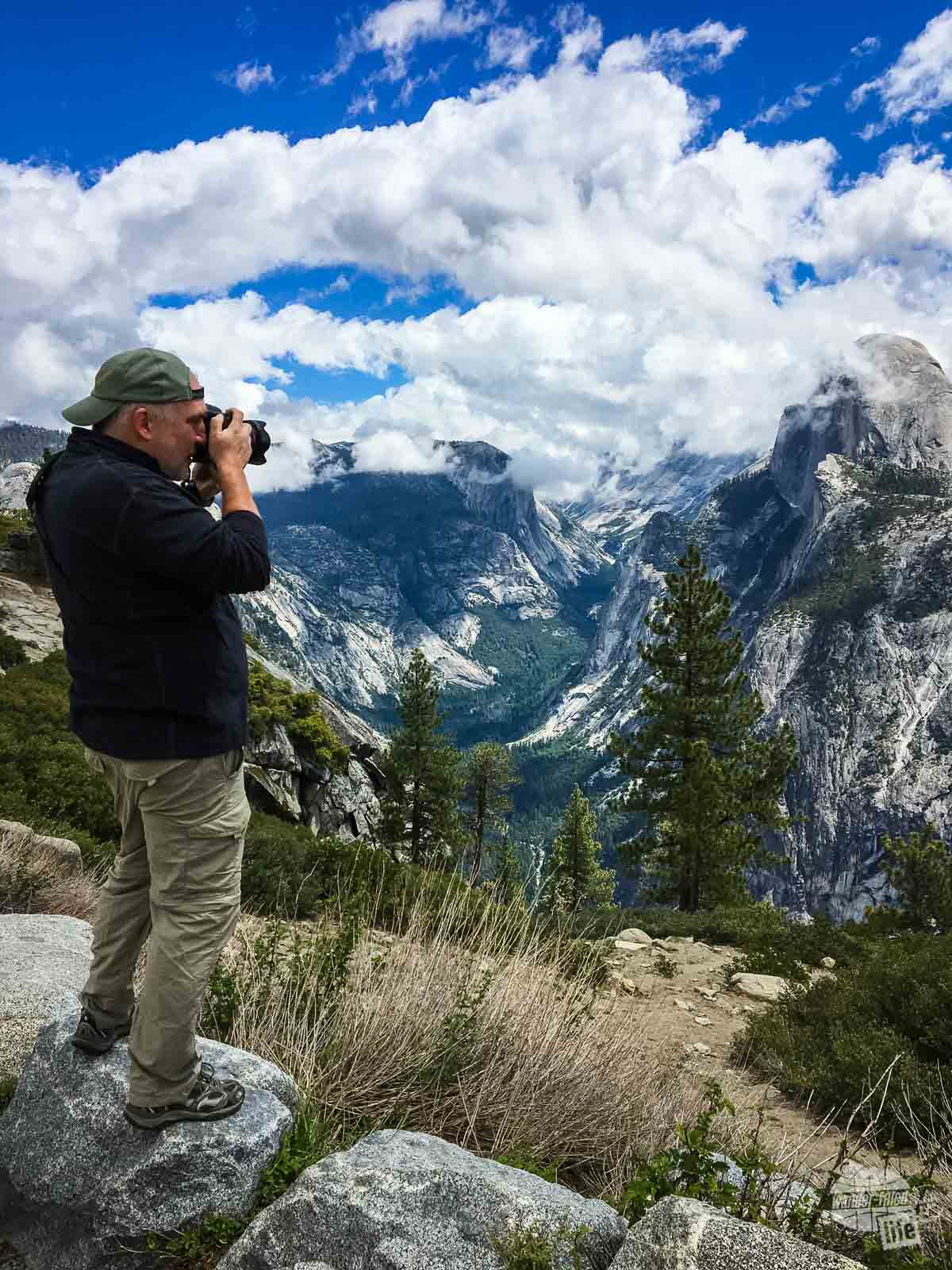
I use this camera when I am on road trips, shooting wildlife, or anything that requires a tripod. While I rarely fly with this camera, I do have a camera backpack that I can use in conjunction with other luggage. Basically, it means I pretty much have to check a bag with my clothes, etc., though.
The camera performs like a champ. It has three custom features, which I have set up for wildlife shots, high dynamic range photography and low light photography.
I typically buy my camera equipment from Amazon. One, they have an outstanding return policy and, two, as a Prime member, I get free shipping.
One piece of advice when purchasing electronics or other appliances: use a credit card that grants an extended warranty. That can save you a lot of money and heartache if something happens to your camera.
Read more about our credit card recommendations here.
Disadvantages of a DSLR
The three big disadvantages of a DSLR, any DSLR, are cost, weight and amount of space the system takes up. DSLRs are expensive, costing at least $1,000 for a new, quality camera body, and the lenses just add on to the cost. Getting professional quality lenses adds significantly to the cost.
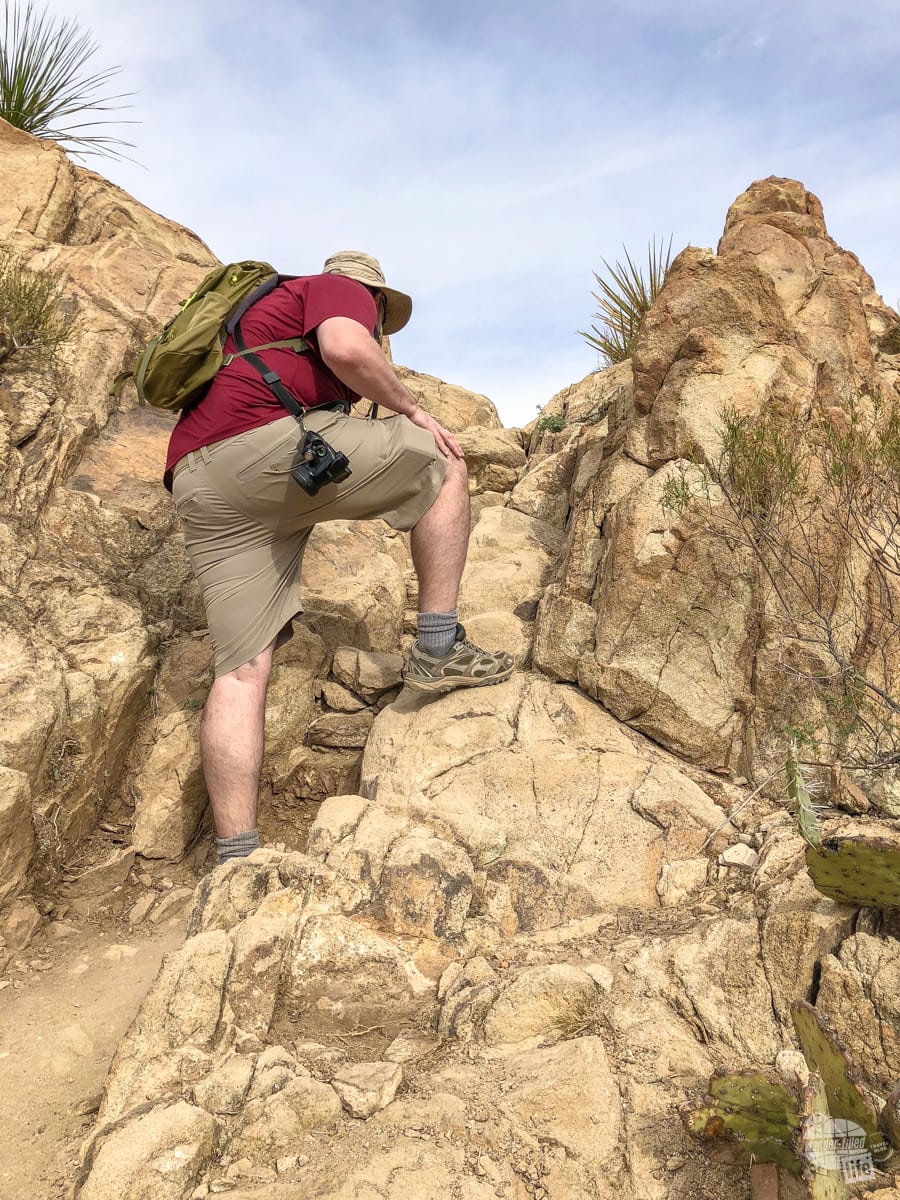
My advice: once you pick a system, camera-wise, stick with it. Reason? Lenses. Lenses cost thousands of dollars and are where your money is really invested. A good lens will last you a lot of camera bodies.
While lenses do retain some resale value, switching camera systems (going from Canon to Nikon or Sony) will cost you a lot in the long run.
Lenses I Carry in My Bag
The best part about a DSLR is that your lens selection is unlimited. You can pack whatever lenses you need for your specific purpose.
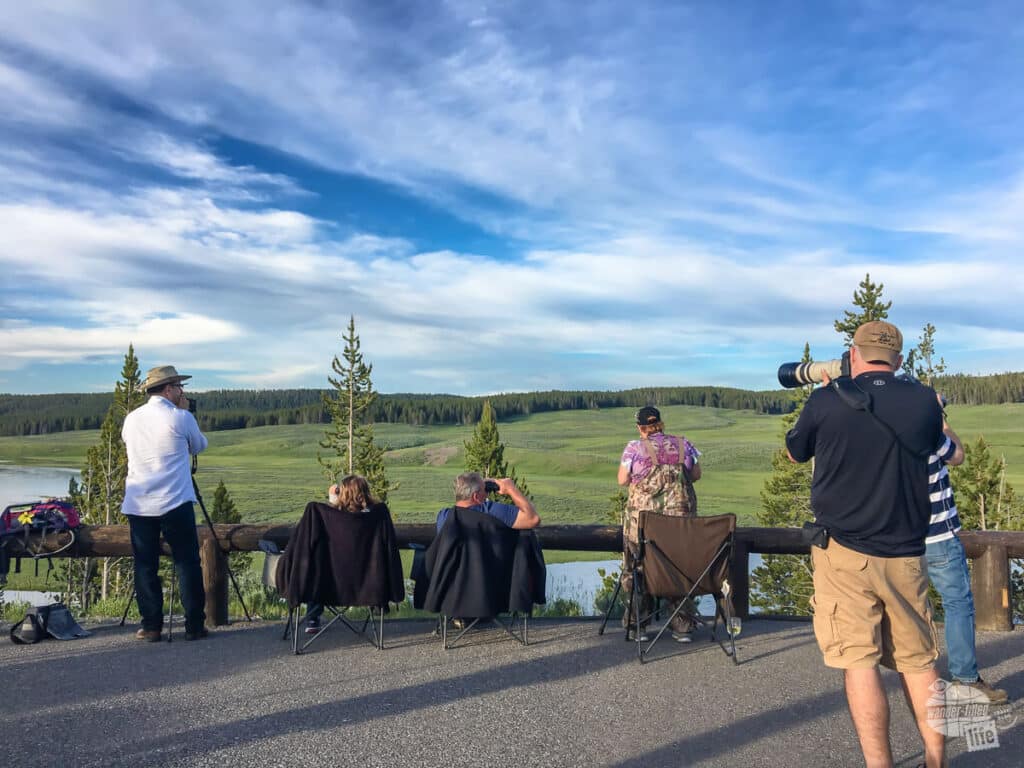
I typically carry a wide-angle lens, a mid-range or walk-around lens and a long telephoto lens for wildlife. Usually, I also carry a 50mm prime lens for low-light photography. If you are unsure about which lens to buy or if it will work for you, I highly suggest you rent the lens first before you buy it!
Canon has moved away from DSLR cameras and moved toward mirrorless. Those cameras are great, as are the lenses specifically made for them, but they still have full-frame camera bodies which take the EOS lenses.
Camera Bags for my DSLR
In terms of weight, you will quickly figure out that a DSLR plus lenses will occupy a lot of space in your bags and will weigh even more. That’s why I don’t backpack with my DSLR.
I have two camera bags for this camera: a large Canon shoulder bag and a Lowepro backpack.
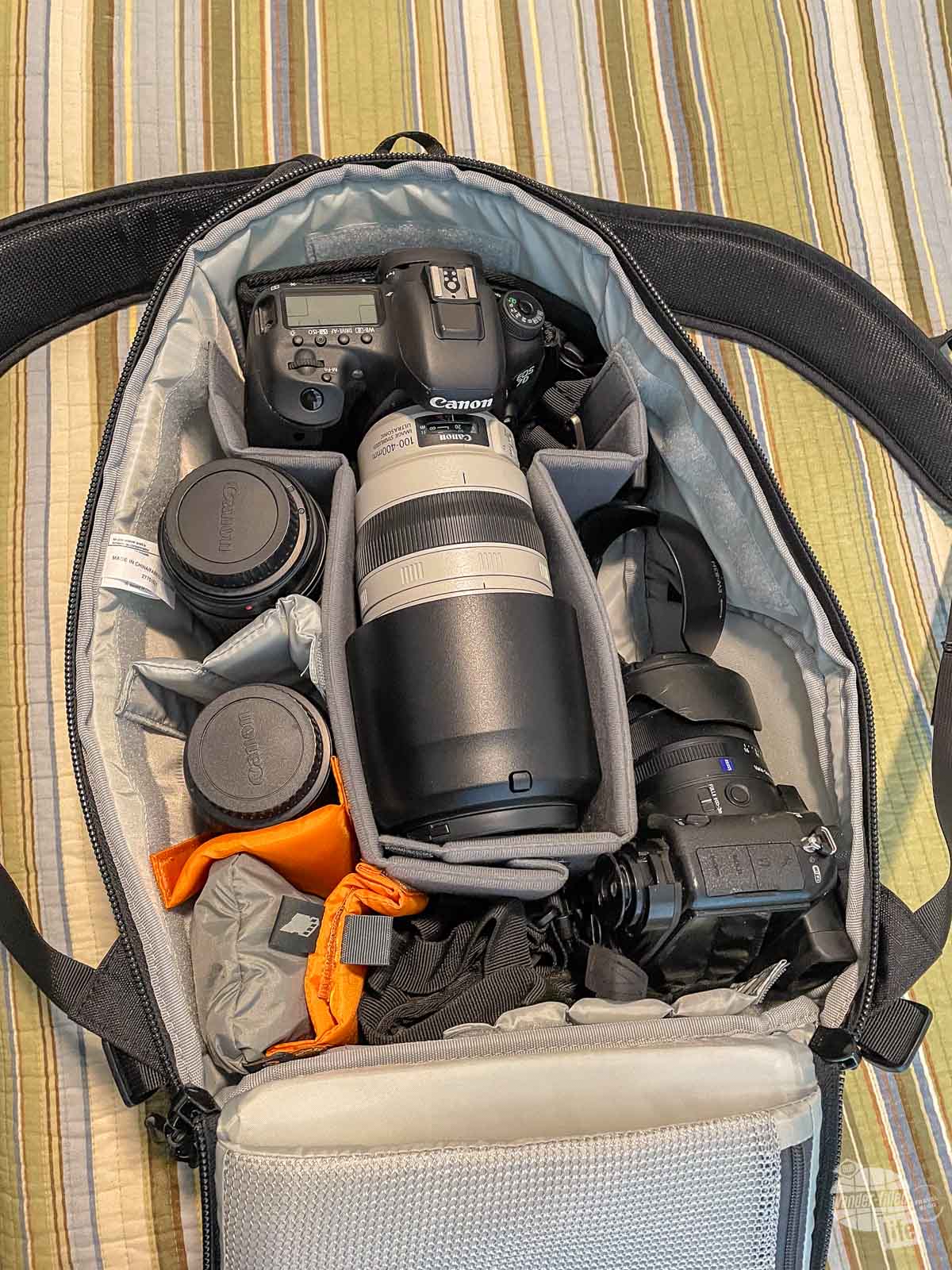
This Canon bag holds my DSLR and my waterproof camera, plus all of my other camera gear. It makes for a very convenient bag to grab and go. The backpack can take both my DSLR and my bridge camera (more on that below) but not all of the accessories. I use the backpack primarily for travel by airplane but it can also be used to hike gear into a remote spot.
- SECURELY ACCESS THE FULL PACK: take the bag off, lay it down, and unzip the back access panel! Grab handle allows you to easily move the bag in this mode.
- PROTECTION FROM THE ELEMENTS: Enhanced zippers, front molded EVA bumpers and front PU coating offer extreme durability and protection from the outer elements.
- GRAB LENSES QUICKLY: New single side access provides a secondary entry point for quick lens changes.
- MIX UP YOUR STORAGE: New divider layout offers versatile storage for mirrorless, mixed kit setups for camera and non-photo items along with travel tripod, 10″ tablet and 15″ laptop.
- ALWAYS BE ORGANIZED: Front compartment with organizing pockets for small accessories such as smartphone, cables, notebook etc. Removable, padded interior top pocket for cords and chargers.
Recommendations for Buying a DSLR
Honestly, if you are just getting into this game, I recommend investing in a mirrorless camera versus a DSLR. While full frame DSLRs will be around for a while to come, mirrorless cameras are the future. Eventually, I will migrate to mirrorless cameras for wildlife photography. I am just not looking forward to either having to replace my lenses or buy an adapter.
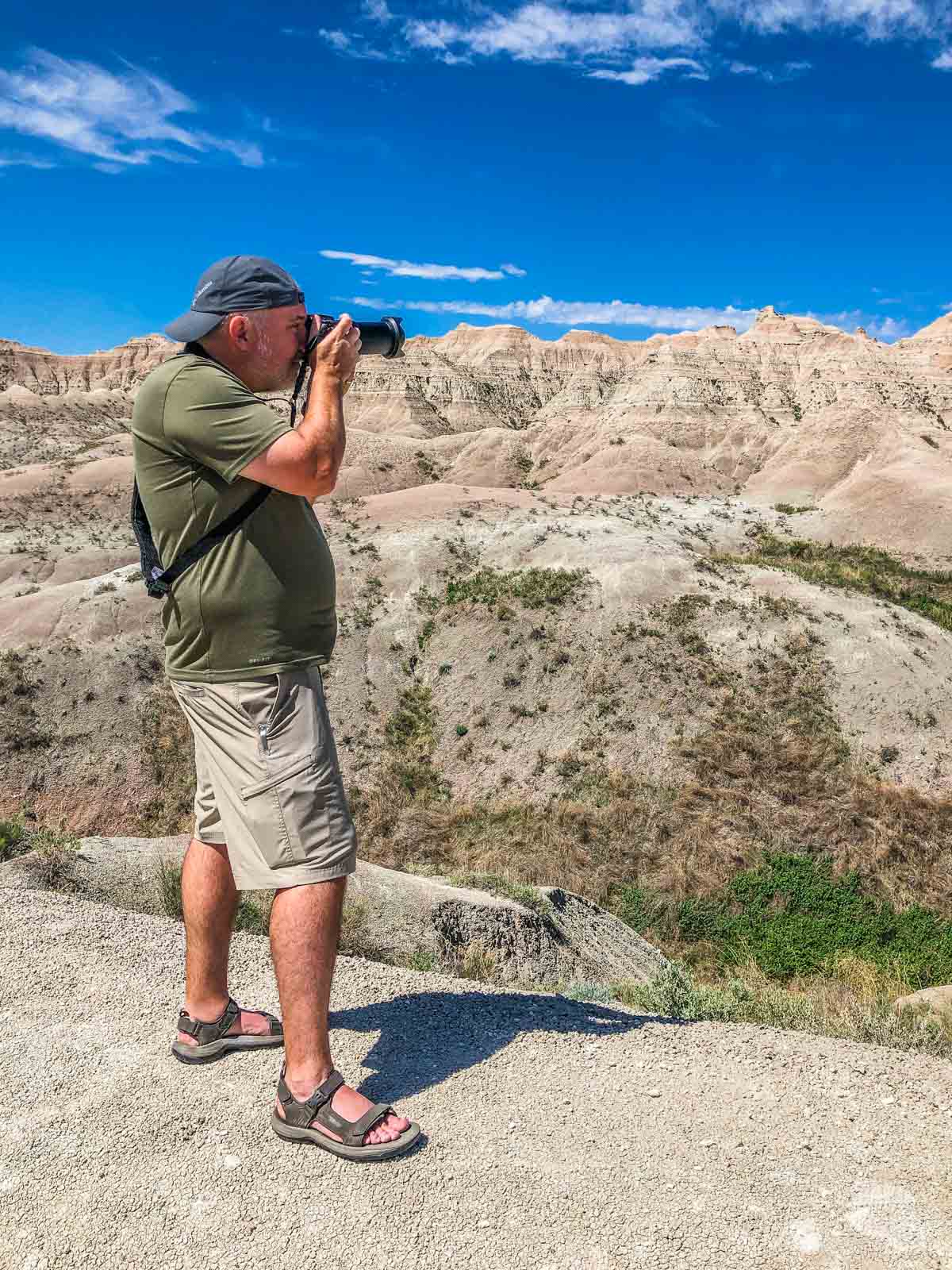
Alternatively, take a hard look at a bridge camera, which offers the best of both worlds and is better suited to travel. There’s a reason why I end up using my Sony RX10 more than my DSLR. While the sensor and my lenses for the DSLR are a little better, the bridge camera is still great!
My Bridge Cameras and What Camera Gear I Recommend
Canon SX70HS
For international travel and for hiking, I used to use the Canon SX40HS, a bridge camera or superzoom. The camera is a hybrid between a point-and-shoot and a DSLR, with a fixed 35x power zoom lens. The newest model of the camera, the SX70HS, has a 65x zoom. Bear in mind, this is all-optical zoom. Digital zoom is a no-no.
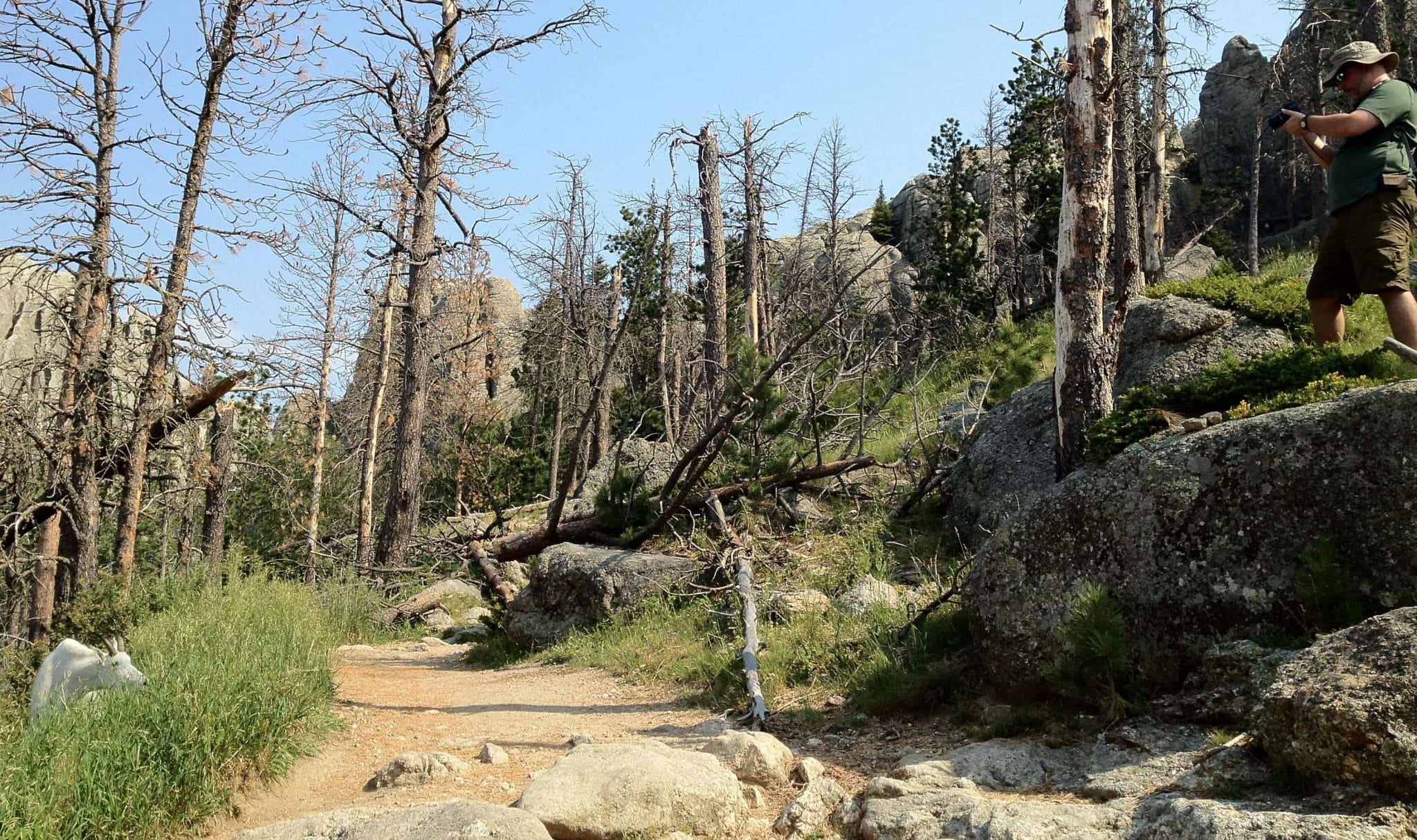
Here is what I like about the form of the bridge camera: the controls are fairly familiar, it is very versatile for the cost and it is lightweight! The camera weighs less than 1.5 pounds, compared to nearly 2 pounds for the camera body alone on a DSLR. That makes it really easy to take on a long hike.
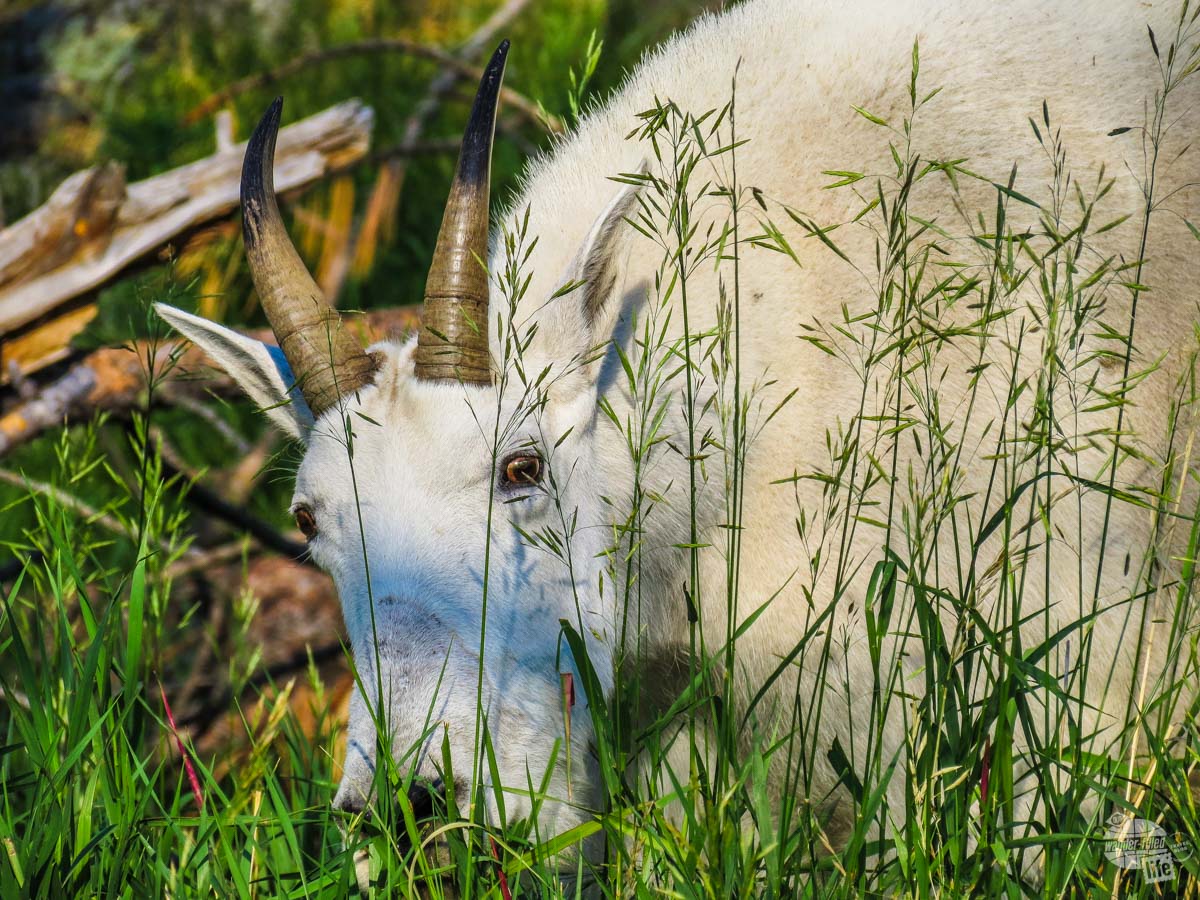
The zoom lens on the camera is a marvel of optics technology and gives great images. No, it is not as good as a professional lens, but it also doesn’t weigh or cost as much either. The image quality on the SX40HS is very good, not as good as the 7D MkII, but it does turn out some very nice shots.
My only other gripe is the electronic viewfinder… not a fan at all. I usually end up using the back screen as opposed to the viewfinder.
- Powerful 65x optical zoom
- 203 Megapixel CMOS sensor and DIGIC 8 image processor
- 4K video and 4K time-lapse movie
- 039-Type Approx 236-million dot, OLED EVF
- Use the EOS Utility Webcam Beta Software (Mac and Windows) to turn your compatible Canon camera into a high-quality webcam
If you are just getting started and want a solid, lightweight camera, this is a great option.
Sony RX 10 Mk IV
I bought the Sony Cyber-shot RX10 IV back in 2020. Both the lens and sensor are a huge improvement over the SX40, even with the sacrifice of some of the zoom capability. That said, it weighs 68 percent more (39 oz vs 23 oz) and costs about $1,000 more.
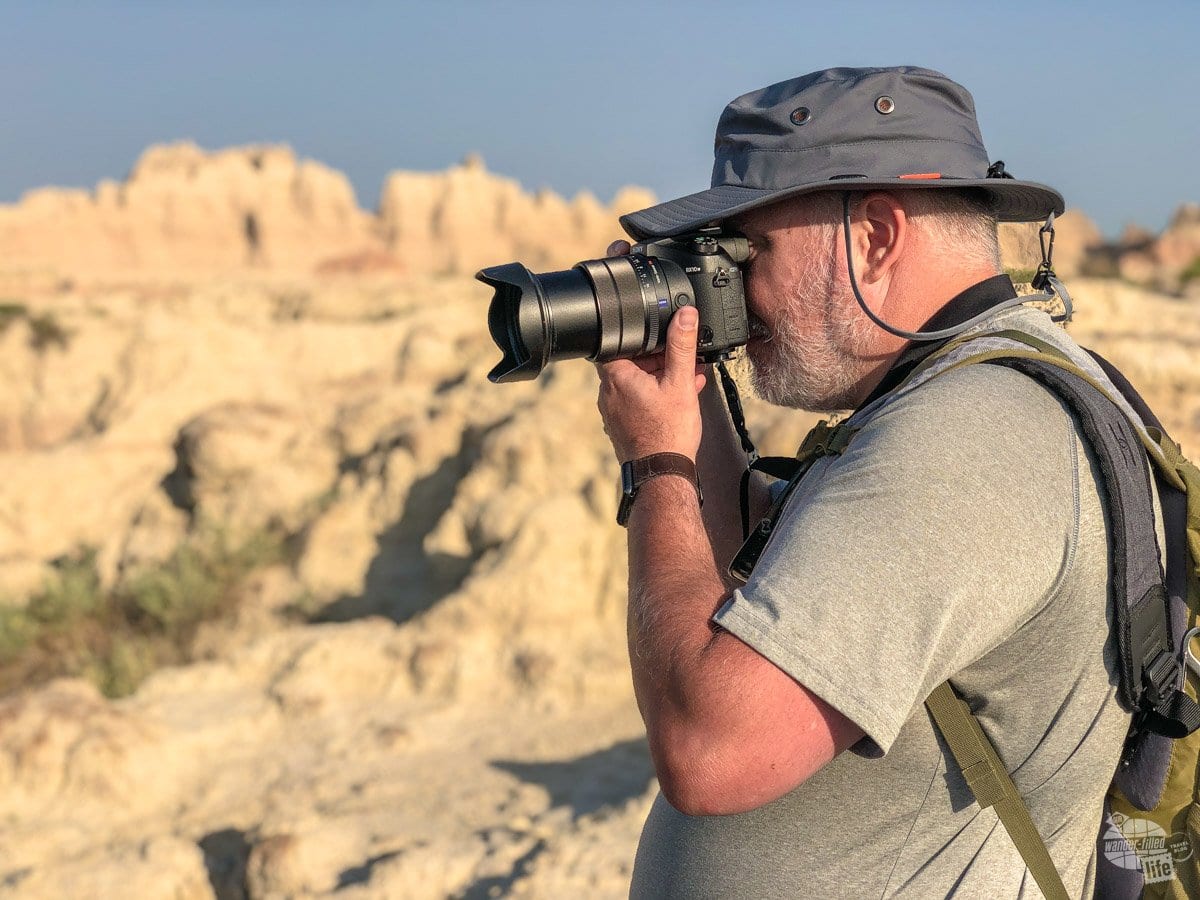
This camera is amazing! To be honest, this is the best travel camera I have ever used. My DSLR now spends a lot more time in the bag because I can get just as good of images and only grab this one camera.
Check out my review of the Sony RX10 IV here.
While this camera is certainly not cheap, it has been well worth it for me. If you were going to only get one camera, this is the one you should get. I cannot recommend this camera highly enough.
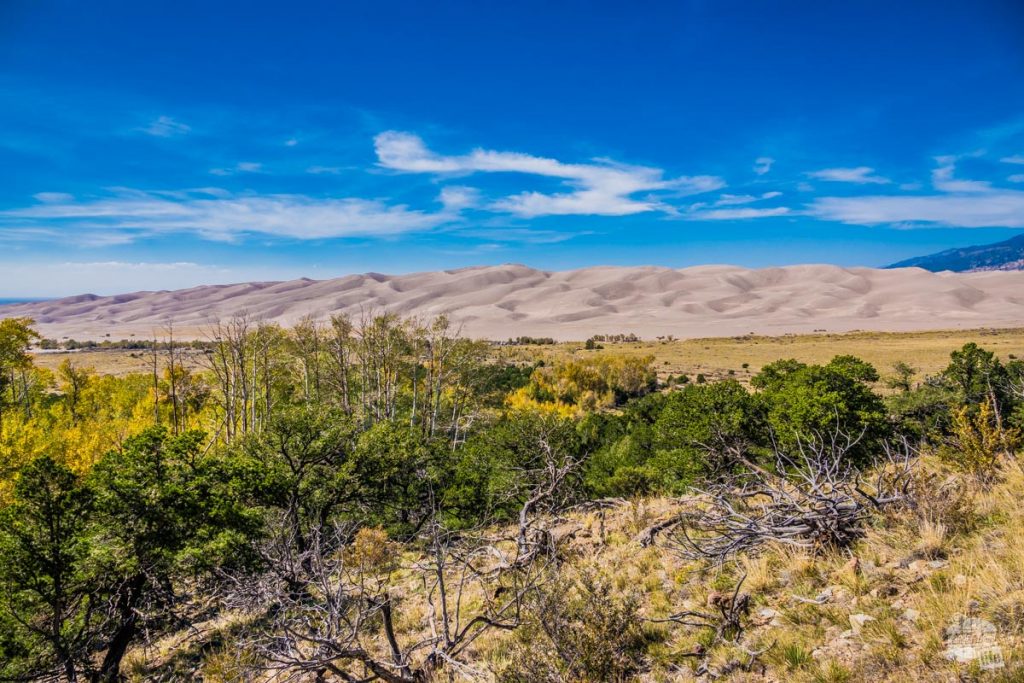
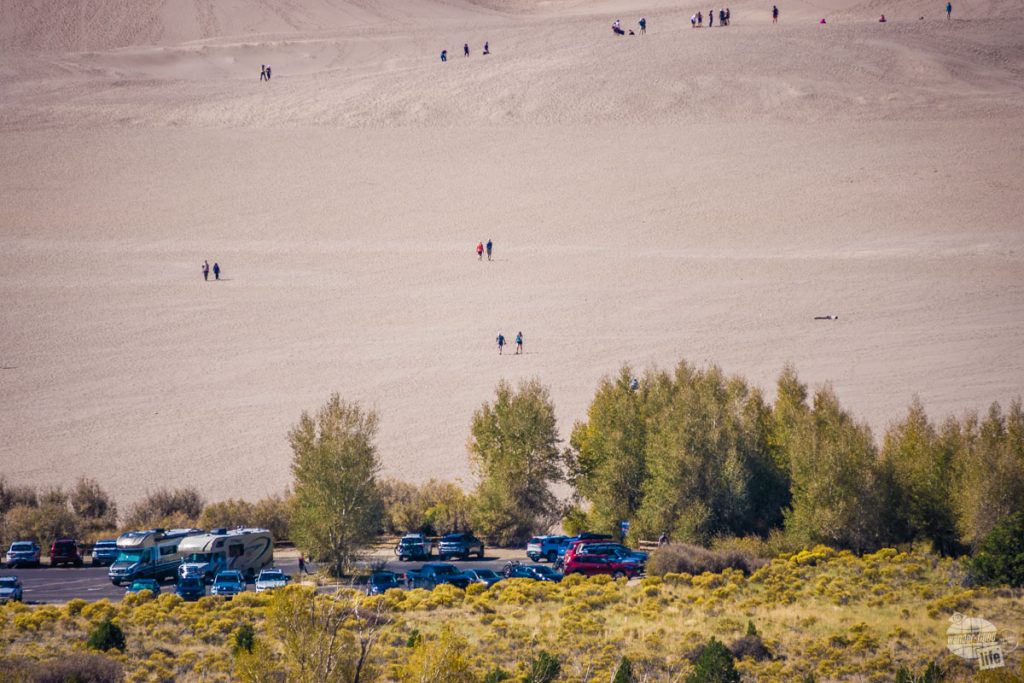
- World’s Fastest AF acquisition speed of 0.03 sec. Optical image stabilization technology developed by Sony is valuable for handheld still and movie shooting, especially in low light or at the ultra-telephoto end of the zoom range up to 600 mm
- 315 phase-detection AF points covering Approx. 65% of the frame. Light etering mode- Multi pattern, centre weighted, spot (Standard/Large), entire screen average, highlight
- ZEISS Vario-Sonnar T 24-600mm3 F2.4-F4 ultra-zoom Lens
- 20.1 MP 1″ back Illuminated Exmor RS stacked CMOS sensor w/ DRAM. Dimensions (W x H x D) (CIPA) -5 1/4 x 3 3/4 x 5 3/4 inches, 5 1/4 x 3 3/4 x 5 1/8 inches (from front of lens to monitor). Weight-2 pounds 6.7 ounce (Battery and SDXC Card included) / Approx. 2 pounds 5.1 ounces) (Body Only)
- 24 Fps4 continuous shooting up to 249 frames with AF/AE tracking. Filter diameter:62 mm.
Camera Bag for the Bridge Camera
I would love to recommend a bag to you for the SX70HS or RX10, but sadly, Lowepro no longer makes the particular bag I have. The closest I can find is the Nova 180 AW II. I recently added the Peak Design Small Camera Cube for travel, since I rarely use the camera bag for anything other than padded storage in my luggage. This cube holds my RX10 plus chargers and straps fairly easily.
Waterproof Camera
We got a waterproof camera a few years ago for a kayaking trip we didn’t end up taking. Since then, I have been looking for an excuse to use our Fuji FinePix XP120 (the newest model is the XP140). We finally got our chance in the Bahamas.
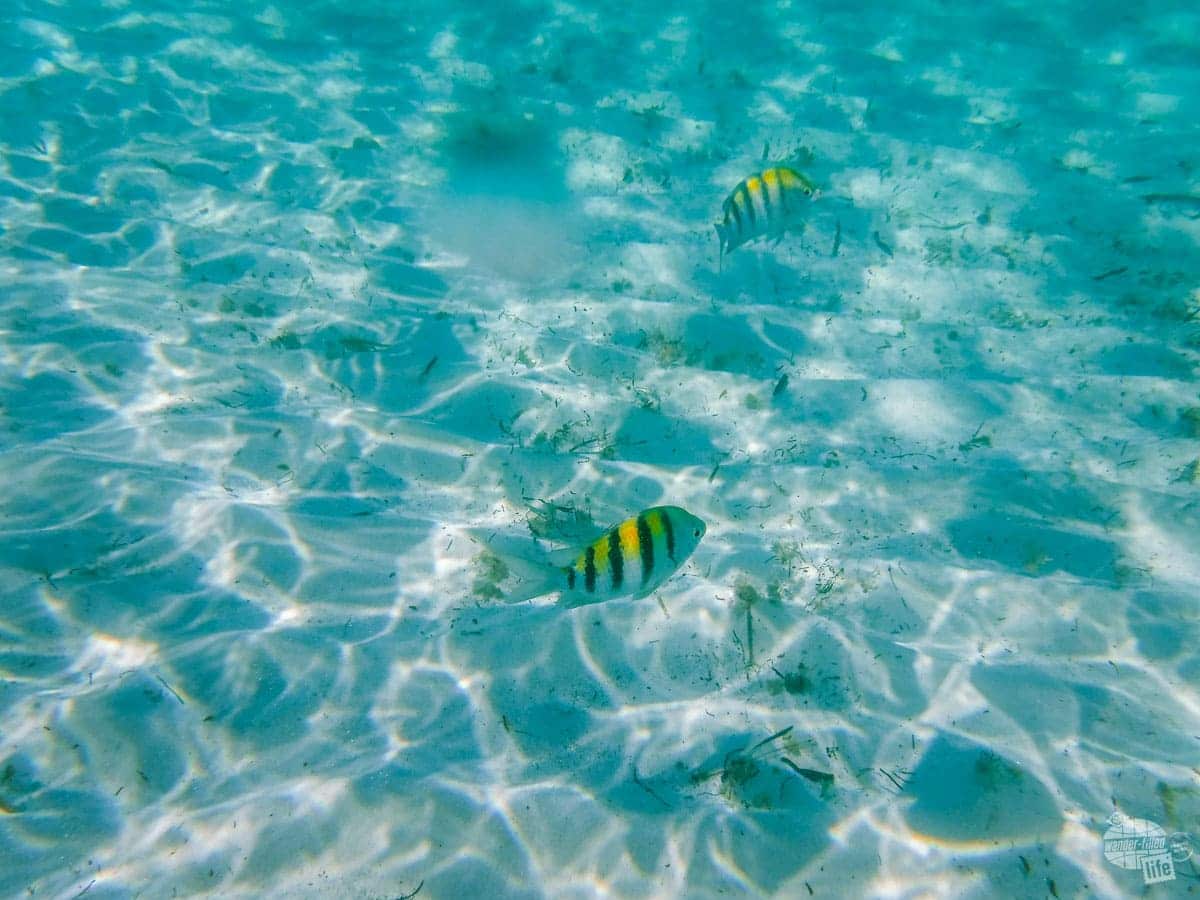
The camera has a 5x zoom lens in a waterproof up to 65 feet package. The camera is small, easy to pack and performs well. I am still getting the hang of it but the price is not bad at all.
We also got a waterproof float strap for it in case we dropped it in the water. The strap will keep the camera afloat.
- ISO 100-12800, allowing for lots of light and extremely fast shutter speed
- Waterproof to 82 ft., shockproof up to 5.9 ft, freeze proof to 14º F and dustproof
- Smile Shutter – The new feature automatically takes the photo. When you select “Smile Shutter” you will no longer miss the perfect photo.
- 4K/15P Video – Capture the world around you in ultra-high definition with the 4K movie capability at 15 frames per second
- Bluetooth Capability – The newly installed Bluetooth low energy technology allows automatic and instant image transfer to smartphones and tablet devices by easy pairing registration. The technology also syncs the time and location information from your device and attaches it to your images.
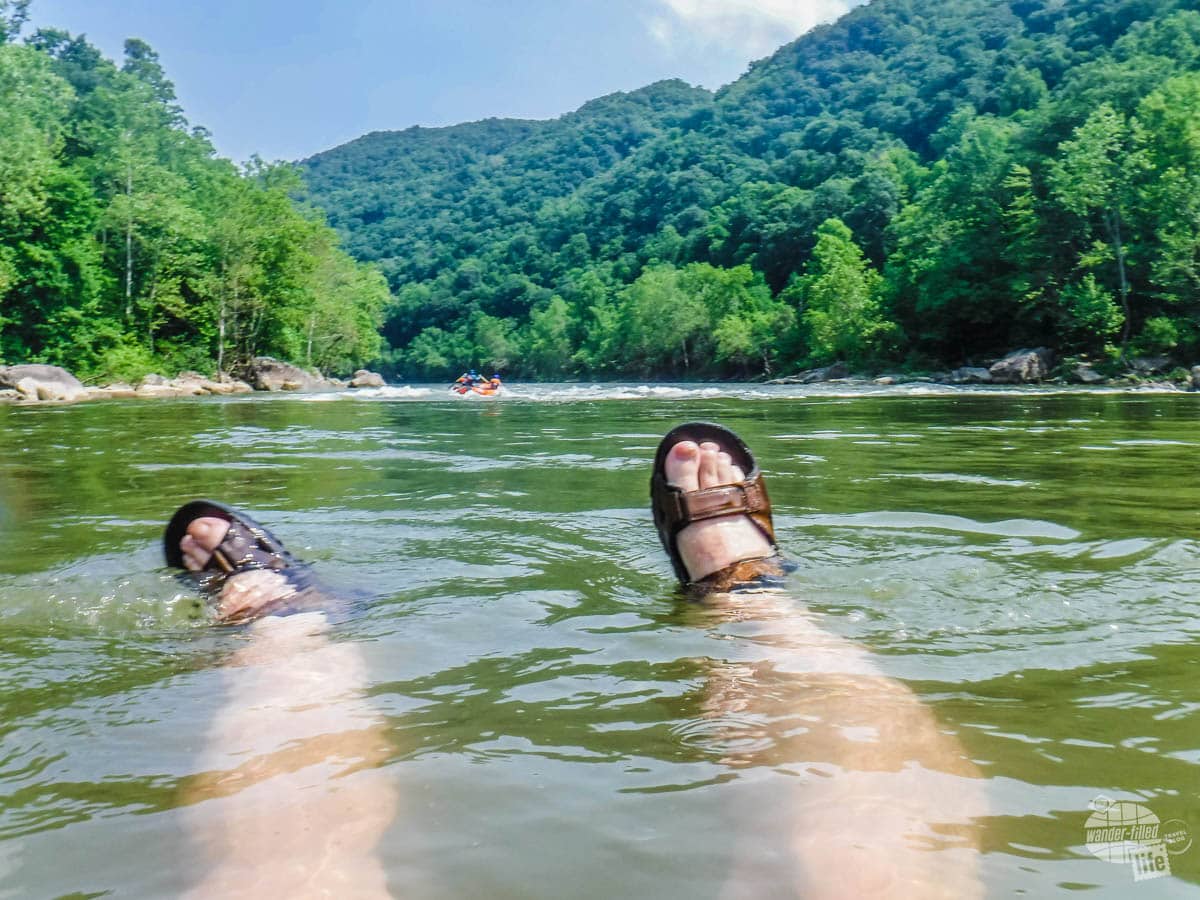
After a couple of whitewater rafting trips with this camera, we are considering getting a GoPro Hero as both a waterproof camera and something for action shots. The newer GoPro Heros have excellent image quality, amazing stabilization and some cool features for video and still photography. The only thing holding us back is the restrictions in national parks on taking video for a commercial business.
- High Dynamic Range Video plus Photo: HERO12 Black takes its best-in-class image quality to the next level with HDR for both videos (5.3K and 4K) and photos. Great in environments with both shadows and bright light, HDR captures the subtle details of the scene that might typically blend into the darkness of shadows or disappear in the bright spots of your shot. The result is dynamic footage with true-to-life color and precision.
- Unbelieveable Image Quality: With 5.3K video that gives you 91% more resolution than 4K and an incredible 665% more than 1080p, HERO12 Black captures the action with crisp detail and cinematic image quality with High Dynamic Range (HDR) while also taking 27MP photos. You can also grab stunning photos up to 24.7MP of your favorite shots from your videos using the GoPro Quik app.
- Emmy Award- Winning HyperSmooth 6.0 Stabilization: HyperSmooth continues to set the bar for insanely smooth footage and has the hardware to back it up—a 2021 Emmy for In-Camera Sensor and Software Stabilization. HERO12 Black makes it even better by maximizing HyperSmooth AutoBoost performance with more stabilization while still delivering less image cropping. Bike, skate, ski, chase your kids through the park or get awesome pet POV shots—even the shakiest footage comes out silky smooth.
- Rugged plus Waterproof to 33ft (10m): Completely waterproof and as tough as ever, HERO12 Black is ready to capture the fun on any adventure. Its legendary durability can take a beating and keep going, whether you’re ripping through mud, snow or water (down to 33ft/10m). A water-repelling lens cover even helps eliminate lens flare and other artifacts to make your photos and videos even more stunning.
- What’s Included: HERO12 Black, Enduro Rechargeable Battery, Curved Adhesive Mount, Mounting Buckle plus Thumb Screw, USB-C Cable
The Camera on Your Phone
The last camera I have is my iPhone. We make a point to keep our iPhones relatively up-to-date. Why? Because I always have it with me. Out to dinner with Bonnie? I have my phone. On a hike? The same.
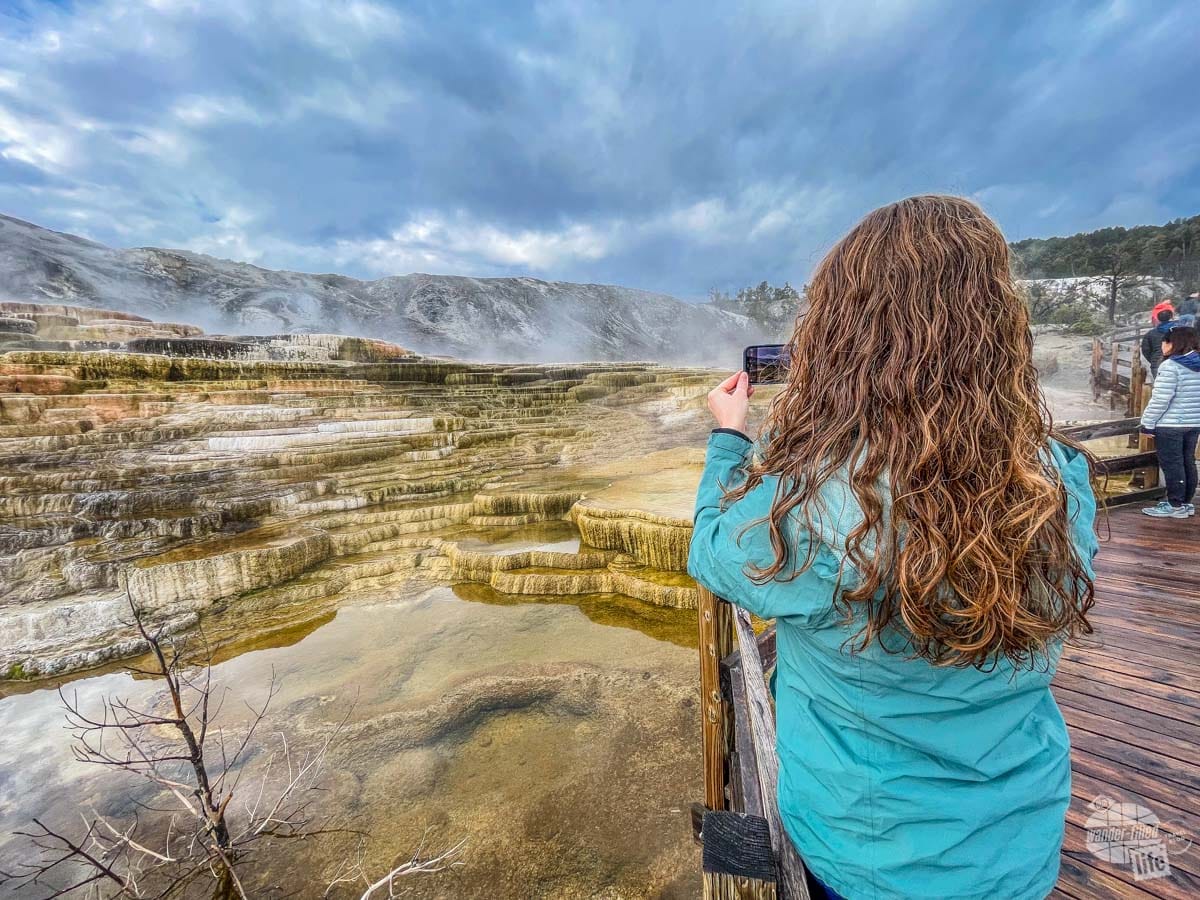
Pro Tip: One of the best pieces of advice when it comes to cameras: the best camera is the one you have with you.
I have found the iPhone to be one of the better landscape cameras you can carry, especially when you consider the panoramic mode. Add in a plethora of camera apps and even lens attachments which expand the capabilities of the device further.
The addition of a telephoto lens to the newer iPhone models has made it even more versatile. For the past three years, we have used the iPhone 12 Pro and it has a 2x zoom as well as a regular lens and a wide-angle lens. We are able to get great portraits and really nice wildflower shots with it, not to mention being able to zoom in on a subject with a phone.
After three years with the iPhone 12 Pro, we are now upgrading to the iPhone 15 Pro. More on that after we have had a chance to play around with it.
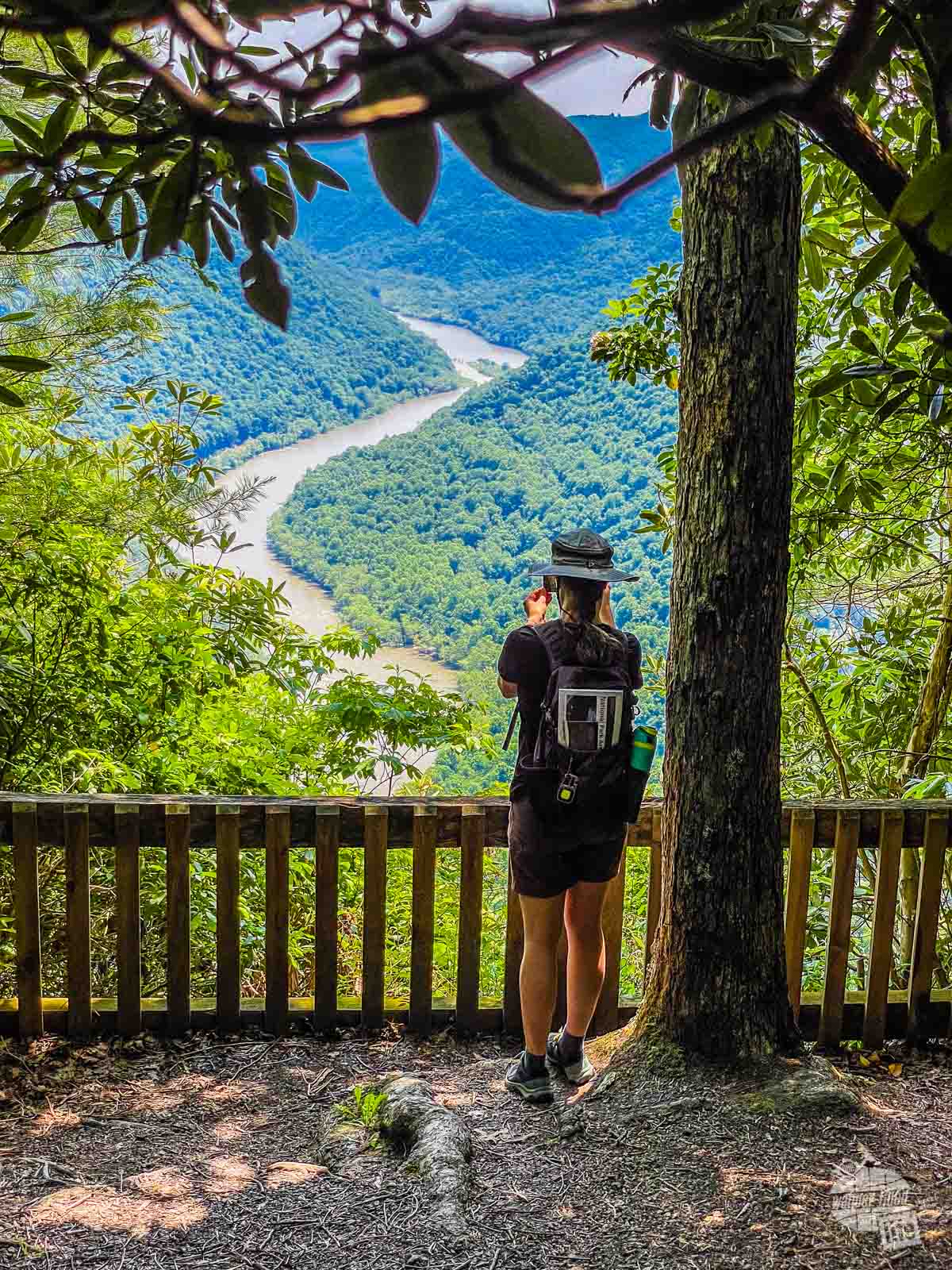
While the iPhone (or most high-end smartphones) is highly convenient and lightweight, the lack of versatility and the lack of dedicated physical controls prevent it from being a true camera replacement for wildlife or advanced photography.
Check out my article on iPhone photography for beginners.
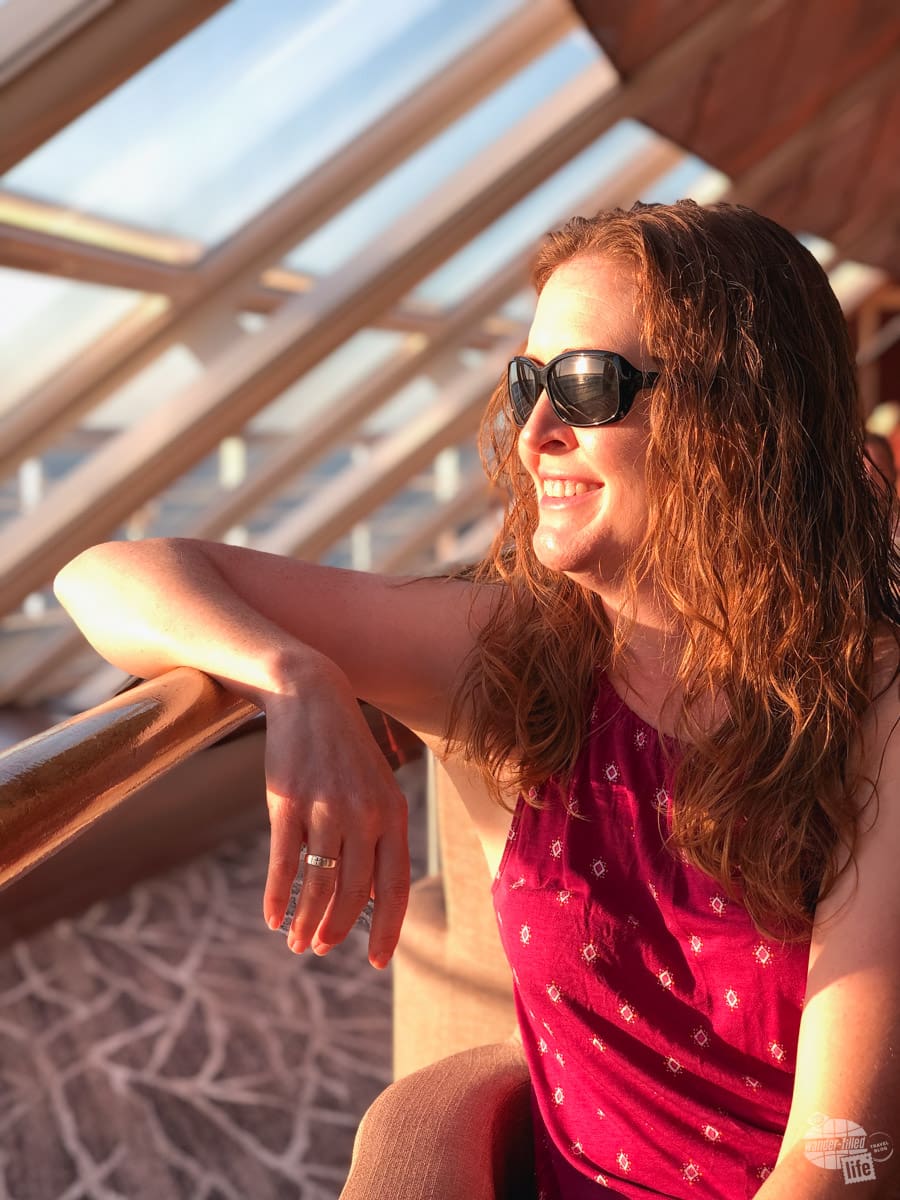
Camera Gear and Accessories
Once you get a camera, you will need a few things to get the most out of your new toy. Here are a few camera accessories I use regularly.
Camera Straps
I prefer sling straps to normal camera straps. I would much rather place the weight of the camera on my shoulder rather than my neck. For my DSLR, I have the waka Sling Strap. This strap is comfy, easily adjustable on the fly, and has a zippered pocket for additional memory cards.
- LIGHT AND COMFORTABLE – Made from Neoprene pad that is softer, breathable and non-slip, it helps release the pressure of your shoulder or neck and free your hands. Come with a zipper pocket for storing extra batteries, lens cap, memory cards etc. Ideal for hiking, travel and outdoor photography.
- ANTI-SLIP PADDING – The surface of the shoulder pad has been increased the friction to keep the cross body style camera strap from moving on your body.
- REINFORCED MATERIALS – With the durable stainless steel locker and the metal quick plate, you can securely fasten your camera onto the strap. The plate also features a protective anti-slip rubber pad to prevent slippage or scratches. Come with the anti theft safety tether that keeps your camera no longer sways.
- ADJUSTABLE LENGTH – You can adjust the length from 20.8 in to 31.5 in according to your own preferences freely. Ideal for both men and women.
- UNIVERSAL COMPATIBILITY – Compatible with any DSLR Camera with a standard ¼”tripod stud screw. (Includes: CANON EOS Rebel T6i T6s T5i T4i T3i T3 T2i T1i XT XTi XSi SL1 and NIKON D7100 D7000 D5200 D5100 D5000 D3300 D3200 D3100 D3000 D90 D80). The plate can also be used with tripod without disassembly.
For my bridge camera, I use a Cotton Carrier Sling Belt. This system is perfect for hiking and travel. The belt has a locking cam system that holds the camera on the belt when you aren’t using it. When you take it off the belt, the sling strap provides drop protection while taking a picture.
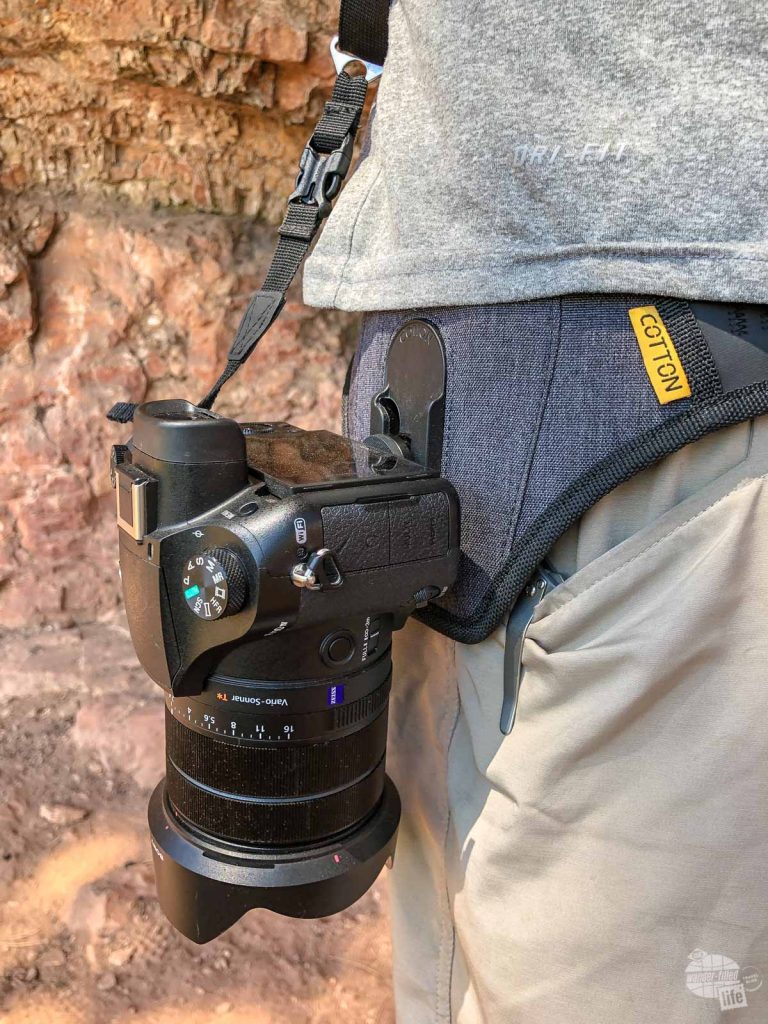
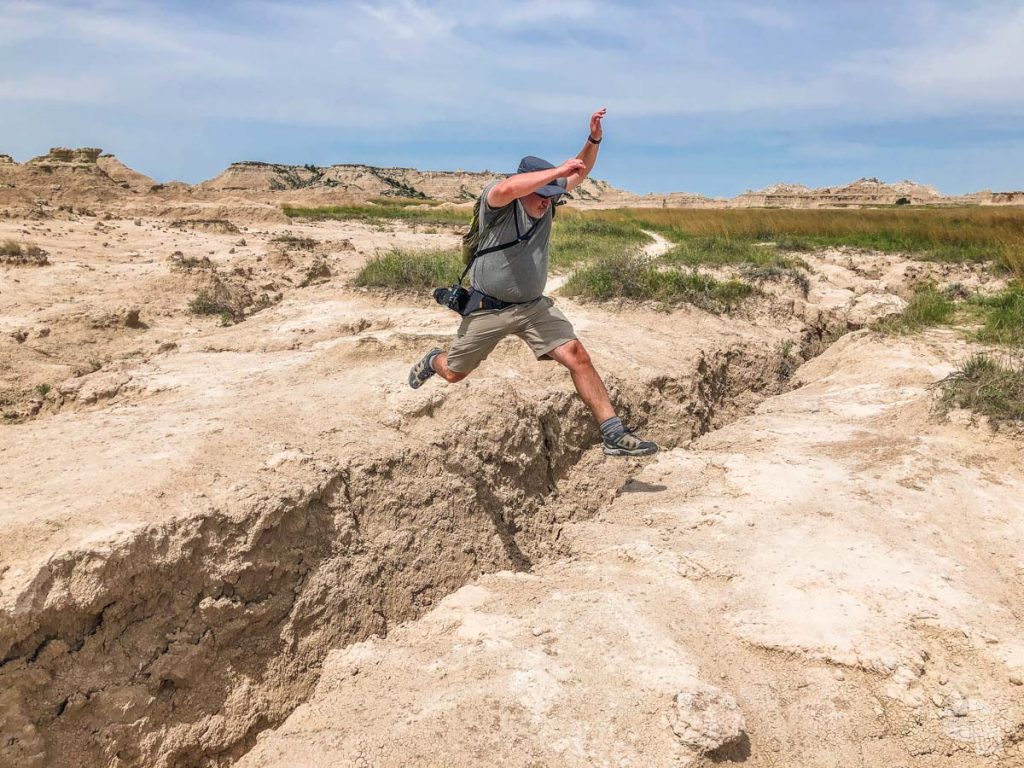
- SLINGBELT. Carrying your camera with heavy lenses can be tough, which is why photographers love our Slingbelt! Easily strap in your camera and go! Made with an adjustable hip belt and secure locking-mechanism, you can enjoy doing what you love without worrying about your camera.
I have done a lot of hikes with this system and it is quite comfortable over long distances. I highly recommend this system. If you decide to pick one up, be sure to use the code WANDERFILLED to get 10% off.
Even if you aren’t hiking, this system is excellent for travel, both in terms of securing your camera against thieves and in terms of comfort while walking around. I have used this system on the streets of Athens and London and love it.
Monopods and Tripods
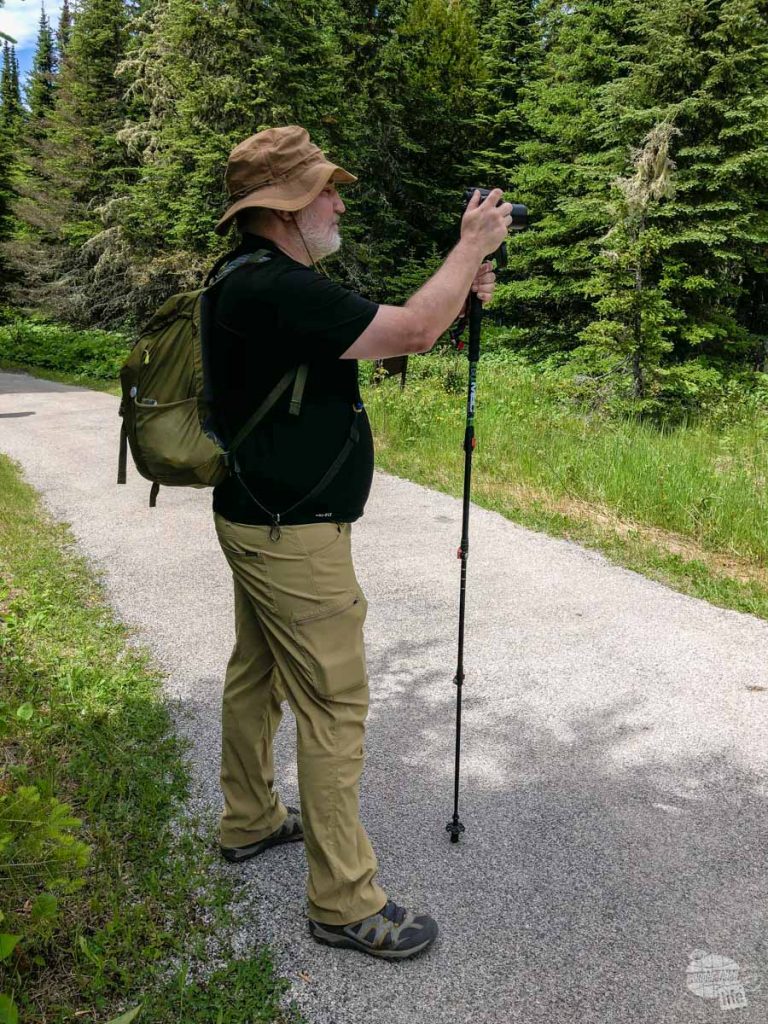

I use a great monopod for steadying my shots with my DSLR. This is essential for wildlife photography with a long zoom lens. I also have an excellent Neewer tripod. It is light, easy to use, inexpensive and steady… what more could I ask? I added a matching ball head to my monopod to the quick-release plates match.
For my bridge camera, use a collapsible hiking staff as a lightweight monopod, along with a GorillaPod as a compact tripod. I use the GorillaPod ball head on the hiking staff to make sure the quick-release plates are the same.
Selfie Stick
While a lot of folks turn up their nose at selfie sticks as the tool of the vain, they are quite useful if you get the right one. We use one that links via Bluetooth to our iPhone, meaning we can use it as a camera remote as well. It also has tripod feet at the bottom, which allows for some creative shots.
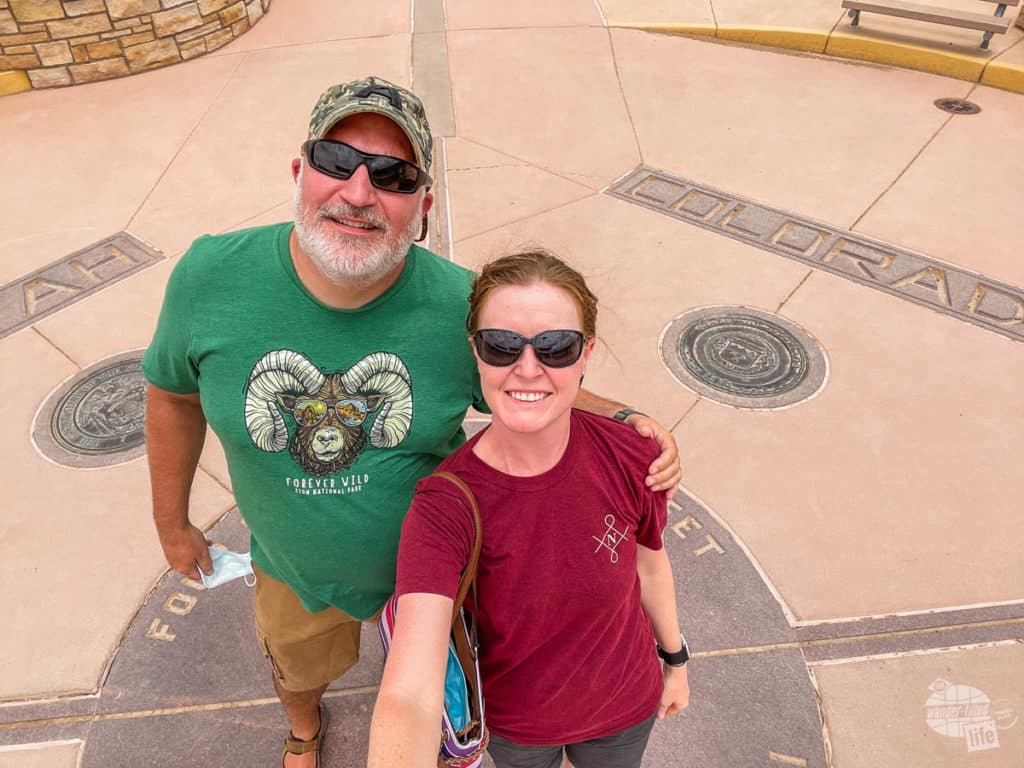
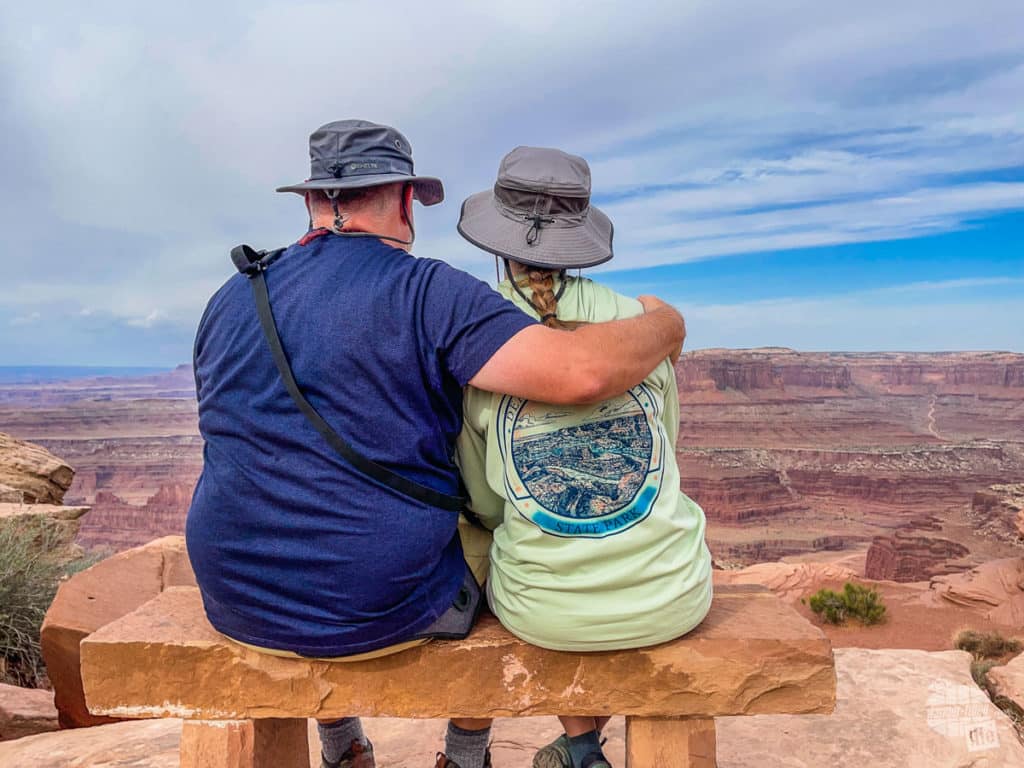
Final Thoughts on Camera Gear
Finding the right camera gear for travel is always a very personal decision. My first suggestion is to make sure you get a good camera on your phone.
Seriously, you will end up taking more pictures with your phone than any other camera because it is the one you have with you! Indeed, some of the best photos we have taken have been with our iPhones. Google and Samsung make perfectly great camera systems as well.
If you are ready to take the next step, then I suggest looking at a bridge camera. A good bridge camera will give you a LOT of flexibility for not a lot of money. At that point, most travel photographers will be happy with their capabilities versus the space and weight.
That said, if you are constantly pushing the capabilities of your camera and can’t quite get the shots you want, it might be time to upgrade to a more robust mirrorless or DSLR system, especially if your focus is wildlife photography.
Whatever level you end up with, get out there and have fun!
Travel Resources
What do you use to find a flight?
We use Skyscanner to find deals on flights. Skyscanner has a great interface and compares tons of airlines for the best pricing and routing. That said, it does not always have every airline and some airlines will have better deals on their website. Still, Skyscanner is a great place to start.
Click here to search for a flight.
What do you use to find a hotel?
We typically stay at Hilton properties, so we use the Hilton website. You can find good Hilton Honors discounts or AAA discounts for a hotel there. We make great use of our free night certificates from our Hilton Honors American Express.
Click here to book a Hilton property.
If there are no Hilton properties available, we use TripAdvisor to read reviews and book the hotel. We find we can get the best price that way.
Click here to search for a hotel.
We recently partnered with Stay22 to add interactive maps to each of our destination posts. This will allow you to see a plethora of hotels and vacation rentals all in one responsive map of the area.
What if I need more space than I can get at a hotel?
We use Vrbo for the times when we have rented a cabin for a weekend getaway, like this cabin in Townsend, TN, or needed to rent a house for a large family vacation. We had a great experience with them in terms of refunding deposits when COVID hit and will continue to use them.
Click here to search for a vacation rental.
Who do you use for rental cars?
As a general rule, we book with Hertz for rental cars. We have had nothing but good experiences with them. Plus, we really like unlimited mileage and not worrying about crossing state lines. We have even rented from Hertz overseas in both Slovenia and Croatia.
Click here to book a rental car.
How about booking a cruise?
We have found some amazing prices for booking a cruise through Cruise Direct. We have saved a lot of money on our cruises compared to what we found elsewhere, making a last-minute Bahamas cruise even cheaper.
Click here to book a cruise.
What if I want to rent an RV?
We highly recommend Outdoorsy for RV rentals. We rented a camper van for a week to visit Rocky Mountain National Park for the elk rut and Custer State Park for the Buffalo Round-Up and had a blast. The program was easy to use and we really enjoyed the freedom of having a camper van for that trip.
Click here to rent an RV.
What do you use for booking tours?
We don’t often book tours. Typically, we like to do stuff on our own. That said, there are some experiences you can’t have any other way. So, when we do want to book a tour, we always check Viator first.
Click here to book a tour.
Do you use anything to get discounts on the road?
We make extensive use of both Good Sam and AAA on the road. Good Sam is normally regarded as a discount card for RVers at campgrounds and Camping World but anyone can use the 5 cents off a gallon at the pump at both Pilot and Flying J.
Click here to get a Good Sam membership.
We have had AAA as long as we have been married and it has more than paid for itself in discounts at hotels, aside from the peace of mind of having roadside assistance. Add in paper maps and the ability to get an international driver’s license and it is more than worth it for any traveler out there.
Click here to get a AAA membership.
